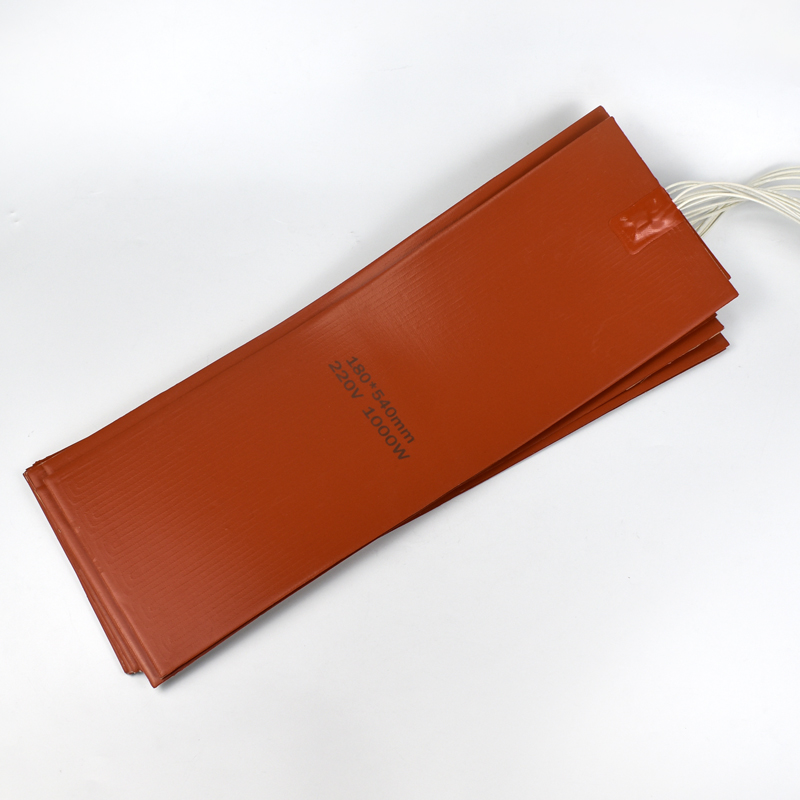Performance characteristics and installation methods of silicone heating plate

Understanding the performance characteristics and installation methods of silicone heating plates is extremely important for our daily production work! So, let's take a look at the technical knowledge in this area with you.
Features of silicone heating plate:
1. Various shapes and sizes can be customized according to customer requirements (such as round, ellipse, etc)..
2. The insulating layer of the silicone rubber heating plate is composed of silicone rubber and glass fiber cloth, which has high insulation performance and the breakdown voltage can reach 20-50KV/mm, so it can be used with confidence.
3. The silicone rubber heating plate is very convenient to install. It can be installed through room temperature vulcanized rubber, vulcanized, or installed in holes according to customer requirements, or installed in the form of bundles.
4. Heating element: The heating wire of nickel alloy is wound around the glass fiber wire, the heating power can reach 2.1W/c㎡, and the heating is more uniform.
5. Moisture-proof and chemical-proof silicone rubber material can provide longer heater life
The installation methods mainly include:
1. Pressure sensitive adhesive can be used to bond flat and smooth workpieces.
2. The maximum use temperature of pressure-sensitive adhesive: 150℃ continuous, 230℃ instantaneous. Where the power density does not exceed 0.9W/c㎡.
3. The silicone rubber heater coated with pressure-sensitive adhesive is best used within half a year after leaving the factory, otherwise it will affect the performance of the glue.
4. Small workpieces can be prefabricated and vulcanized in the factory to ensure the maximum service life of the heating plate.
Attention must be paid to the use of this type of electric heating device. The operating temperature for continuous use should be less than 240°C, and the instantaneous temperature should not exceed 300°C. The silicone electric heating device can be made to be close to the heated surface by an auxiliary pressing plate. The heat conduction is good, and the current density can reach 3W/c㎡ when the working temperature does not exceed 240℃. The allowable working temperature is less than 150℃ under the condition of sticking installation. If it is dry-fired in the air, due to the temperature resistance of the material, its power density should be less than 1 W/c㎡; in non-continuous working conditions, the power density can reach 1.4 W/c㎡. Working voltage selection is based on the principle of high power-high voltage and low power-low voltage, with exceptions for special needs.
The above content is the performance characteristics and installation methods of the silicone heating plate we introduced to you! Hope it can be helpful to everyone!








